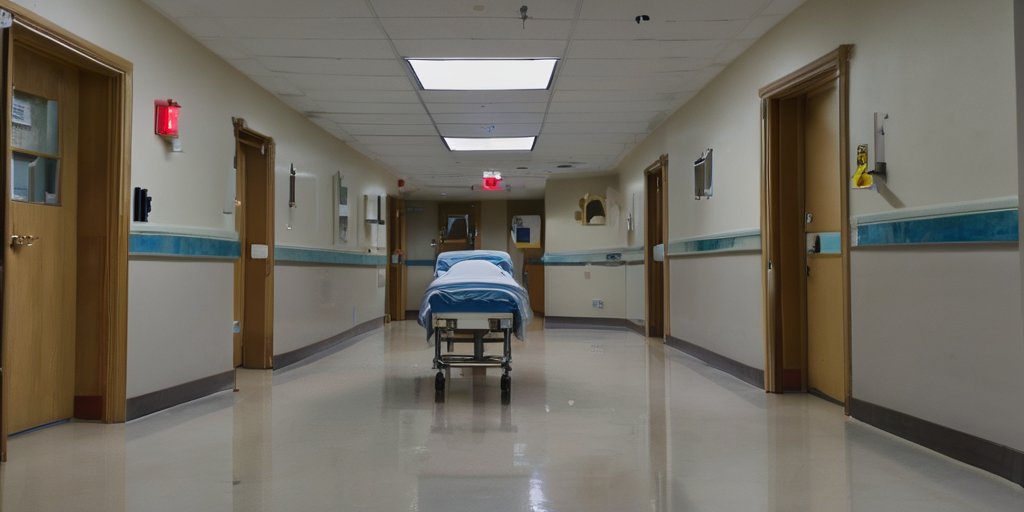In her 34 years as a devoted nurse at a Veterans Affairs hospital in Georgia, Irma Westmoreland has witnessed the highs and lows of patient care, including the dire consequences of combat injuries like traumatic brain trauma and amputations. However, the current turmoil within the Department of Veterans Affairs (VA) has left her feeling unsettled and alarmed. “It is very jarring,” she expressed during an interview with CNN. “The nurses, they’re afraid.”
According to medical professionals from across the country, morale among doctors and nurses at VA hospitals has significantly declined. These concerns are particularly pressing following the hiring freeze and layoff plans announced by President Donald Trump after taking office in January. VA staff are anxious about a potential reduction of the 470,000-person workforce by approximately 15% — a move that could jeopardize patient safety and care quality at a time when the healthcare system is already strained due to staffing shortages.
Despite assurances from Veterans Affairs Secretary Doug Collins that doctors and nurses would remain unaffected by such layoffs, many support staff members responsible for administrative tasks have already departed, forcing medical staff to take on dual roles. This situation leaves frontline workers like Westmoreland concerned about increased patient wait times and deteriorating service quality. “Our patients are going to have to wait longer for the treatment and care that they deserve and need,” she stated firmly.
Peter Kasperowicz, a spokesman for the VA, claimed that many employees who were laid off have been invited to return and that the vast majority accepted. However, frontline workers assert that they continue to feel the brunt of reduced staffing, with crucial supplies going unordered and medical appointments left unscheduled. This environment of uncertainty raises alarming questions about the appeal of the VA as a stable work environment for prospective medical personnel.
The VA was created via executive order in 1930 and has undergone numerous transformations aimed at better serving the 9 million U.S. veterans annually. However, as Trump took office, plans for substantial government budget cuts were swiftly detailed, particularly targeting the VA. Kasperowicz defended these changes, stating, “Under President Trump and Secretary Collins, VA is fixing these and other serious problems,” countering claims of morale issues with accusations against media outlets of fearmongering.
The stark reality is that the VA is set to thin its ranks dramatically, with projections indicating around 70,000 positions may be eliminated. Scheme for layoffs became public knowledge, showcasing the administration’s strategy to address longstanding issues. Critics from both sides of the political aisle are wary, emphasizing the agency’s critical staffing shortages while others question the feasibility of mass layoffs at this juncture.
The recent expansions, including the opening of a massive new health clinic in Fredericksburg, Virginia, aimed to enhance care options, have been reported as understaffed, leaving veterans and patients feeling frustrated. Valued veterans like Janice Sierra and Van Elder report encountering empty facilities and missed services, further highlighting the shortfall in staffing support.
Thoroughly, the VA’s approach stirs concern among healthcare professionals. A doctor from a central U.S. VA hospital painted a troubling picture: “This is like a death by a thousand cuts,” explaining the severe impact of staffing shortages on patient care, which has driven existing medical staff to manage duties unrelated to their primary responsibilities, further complicating their workload.
Westmoreland also reflected on the disheartening reality that nurses often lack basic supplies, such as portable jugs for bedridden patients, forcing them to waste precious time searching high and low across units. “Who’s on the other side of that shortage?” she quantified poignantly, stressing the importance of quality care for the veterans who have served the nation.
